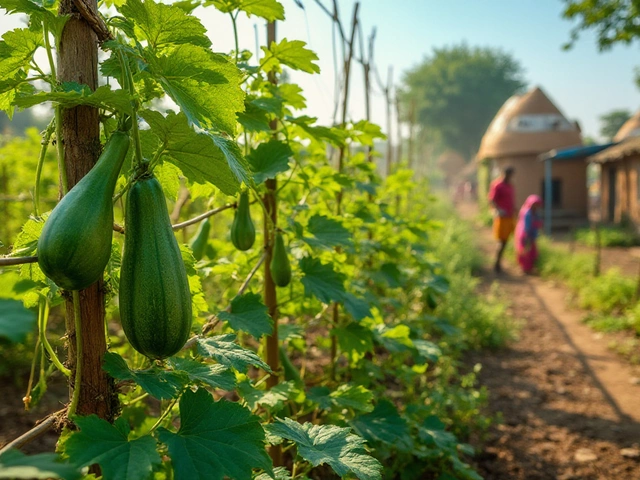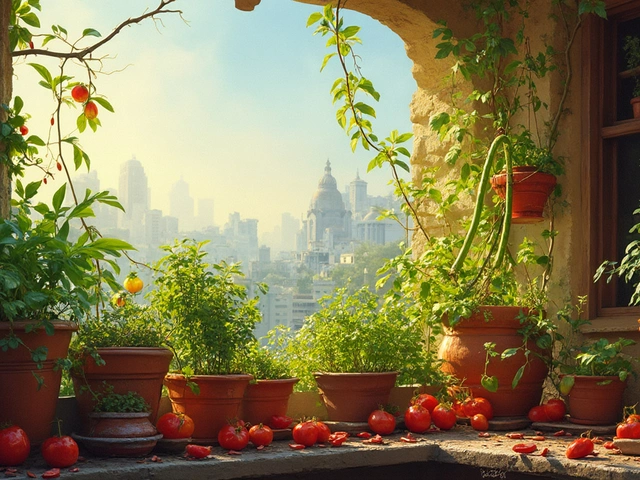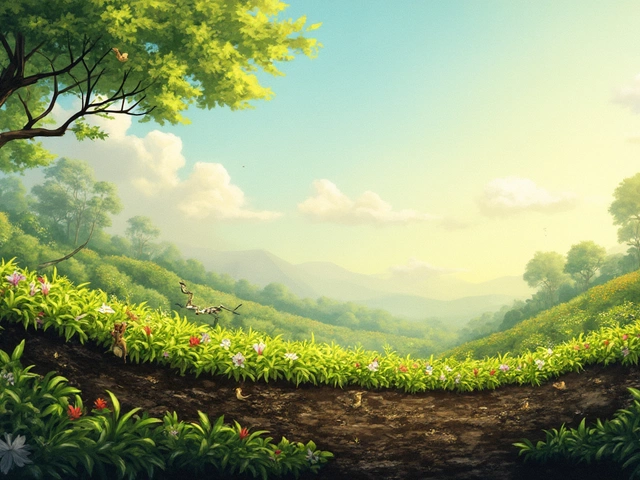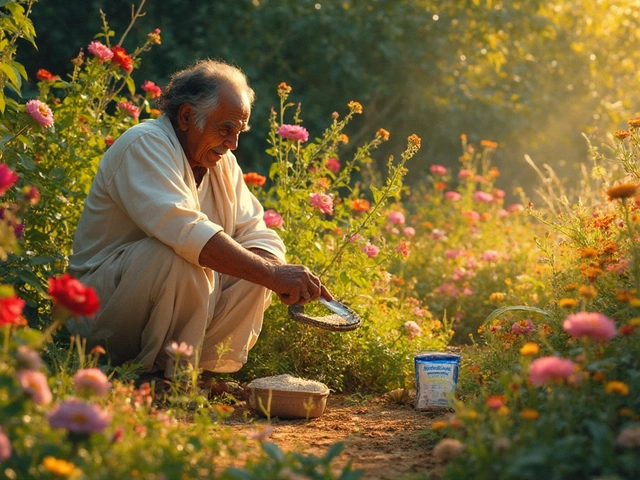What Not to Put in Compost – Common Mistakes to Avoid
Compost is great for turning waste into soil, but not everything belongs in the bin. Adding the wrong stuff can slow down the process, create odors, or even attract pests. Below you’ll find the top things to keep out of your compost and simple ways to fix common problems.
Items That Harm Your Compost
Meat, fish, and bones – These break down slowly and smell bad. They also draw rats and flies. If you want to recycle protein, stick to plant‑based scraps or use a separate worm bin.
Dairy products – Milk, cheese, yogurt and butter create a greasy environment that stops good microbes from working. They also cause foul smells.
Oily foods – Cooking oil, buttered toast, and greasy leftovers coat the compost material, making it water‑repellent. This slows decomposition and can create a slick surface.
Pet waste – Dog or cat poop can contain parasites and harmful bacteria. It’s safer to dispose of pet waste in the trash or use a dedicated pet compost system.
Diseased plants and weeds with seed – If the plant is sick, the disease can survive the composting process and spread to your garden. Weeds that have gone to seed will re‑sprout when you use the compost.
Glossy or dyed paper – Magazines, receipts, and shiny packaging often have inks or coatings that don’t break down well. Stick to cardboard, newspaper, and plain paper.
Charcoal and ash – Small amounts of wood ash can be okay, but charcoal seeds the pile with chemicals that affect pH and microbes.
Large branches and woody material – These take ages to decompose. Cut them into small pieces or add them to a separate pile for slow breakdown.
How to Keep Your Compost Healthy
Balance is key. Mix green (nitrogen‑rich) items like kitchen veg scraps with brown (carbon‑rich) stuff such as dry leaves, straw, or shredded paper. Aim for roughly a 1:3 green‑to‑brown ratio.
Turn the pile every week or two. This adds oxygen, speeds up microbes, and prevents a smelly, soggy mess.
Keep the pile moist, like a damp sponge. If it’s too dry, add water; if it’s too wet, add more brown material.
Cover the top with a layer of leaves, straw, or a tarp. This stops rain from making it soggy and keeps flies away.
Watch the temperature. A hot pile (130‑150°F) kills most weed seeds and disease. If it’s not heating up, add more greens or turn it.
Finally, remember that patience pays off. Good compost can take a few months to a year, depending on what you put in. By staying clear of the no‑go items listed above, you’ll get dark, crumbly soil that boosts plant growth.
Got more questions about composting? Feel free to explore our other guides on sustainable gardening, drip irrigation, and indoor plant care. Happy composting!
What Not to Put in Compost: Essential Guide for Safe and Healthy Homemade Composting
If you’re eager to make nutrient-rich homemade compost, you need to know there are a few things that just don’t belong in the pile. This practical guide dives deep into what you absolutely shouldn't add, and why skipping certain scraps makes your compost safer and better for your garden. We’ll unpack surprising facts and tips you won’t find on the back of a fertilizer bag. Make sure you create compost that’s both eco-friendly and trouble-free. Here’s what every home composter needs to know.
About
Gardening
Latest Posts


Easiest Vegetables to Grow on Your Apartment Balcony
By Alden Thorne Mar 31, 2025

The Best Plants to Gift in India for Every Season
By Alden Thorne Nov 25, 2024

Best Ground Cover for Hillside Erosion Control
By Alden Thorne Feb 13, 2025

